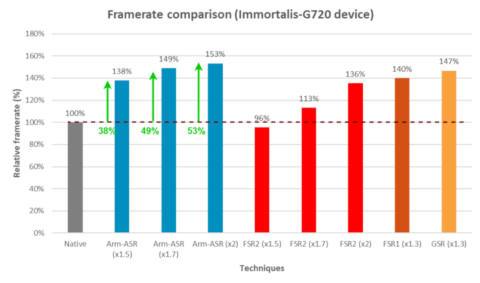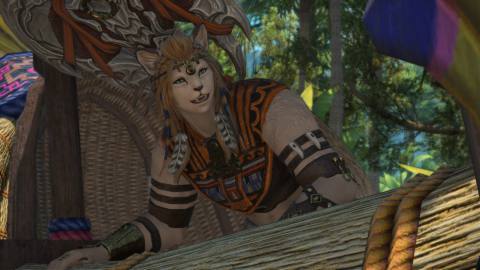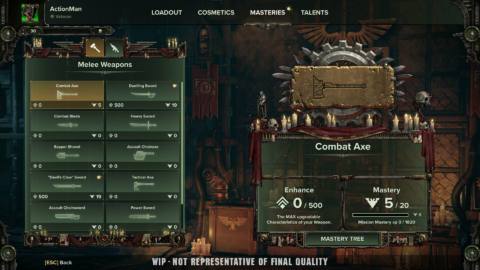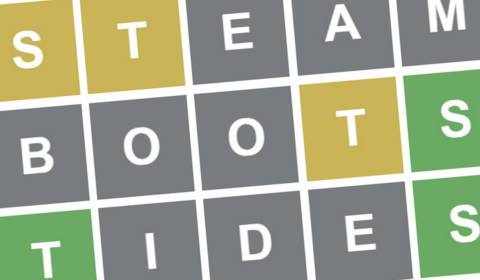I'd like to introduce you to Warcana, one of the strangest and most surprising combinations of game genres I've ever seen. It calls itself a “real-time base defense strategy game with a unique deckbuilding mechanic.” That's mostly right, but it's only a fraction of the story for so many reasons. The simple combination of two concepts becomes an entangling weed of game design that wraps around and warps every part of what might otherwise be familiar in Warcana.
Because your armies and towers auto-attack, your attention is instead spent on planning your economy, laying out your defenses, and crafting your base. All of that is dictated by the top layer of your strategy: Managing the deck of cards that let you build and summon units. By doing that Warcana pulls off a trick I'm not sure I've ever seen before: It let me play a deckbuilder to control a base-building RTS. It's weird. I've played a lot of both genres, and I'm still not sure quite what to make of this hybrid mutation.
The basic format of Warcana is head-to-head tower defense where you're responsible both for defending your own stuff and spawning the units that'll take down your enemy. You do this over a series of progressively longer rounds, each with a short safe period at the start where nothing can spawn, then a much longer period where your two islands come together for combat. It happens over and over until only one combatant is left.
At least for the default battle royale and head-to-head modes—there are also wave survival and horde modes and more esoteric win conditions spread across the 30-some singleplayer missions and the various other multiplayer and custom game modes that Warcana launches with.
All of it looks really damn cool. There are thousands of units on screen swarming at enemy constructions, firing projectiles, and knocking breaches in walls. Towers fire lasers and stones and whip with vines or swing huge clubs all of which carve away enemies in huge swathes 10 at a time. The spells collapse huge buildings or send in yet another wave of thousands against your enemies.
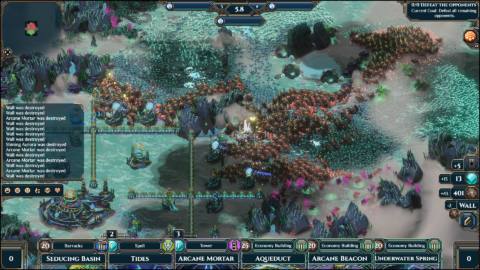
It all seems like simple and straightforward enough base defense stuff, but then you introduce the deckbuilding part. Your options of what to build are determined by the cards you've drawn: Each card you play will have one of a few different effects to choose, ranging from resource income to adding new cards to your deck. Literally everything except for walls has to get built from a card. Once played and discarded you can draw a new card, up to your hand limit, and keep playing until you've either run out of the dual energy/substance resources, played every card in your deck, or decided to take a strategic pause.
From a starting point of 10 or fewer cards you've got to build a “deck” of available actions that'll let you win. You'll need economy cards and buildings to balance your two resources, cards and buildings that provide secondary benefits like a larger hand size or a few automatically spawning troops, cards that summon hordes of troops at once, and spells that can do all the above and more, providing defensive benefits to you or knocking holes in the enemy's fortress. It's most like a normal deckbuilding game in that you have to do it all without cluttering your deck to the point where you can fail to draw your most useful cards in a round, and in that you can mix-and-match the five factions and their starter cards to make a setup all your own.
At the same time it's barely deckbuilding at all, because in real time your laser focus is on streamlining and eliminating the fat of your deck to keep you safe and supplied and knock out your opponent. Your deck will always start a match with the same few cards you chose, and you have almost complete control of what gets added to it and when. There's no carrying your deck between matches, either: It's purpose-built over the course of one battle and then discarded.
To perform at peak skill in multiplayer—and even with the luxury pause in singleplayer—you have to know the plan for your deck from the start. This is deckbuilding as a classic RTS build order. You have a plan and a little flexibility in how you execute, but you know your faction and how to play it and which units to deploy in order to win against what enemies.
Which is to say… when are cards not really cards, nor a proper deck? When they're a tech tree in disguise.
The build order and tech tree are fundamentals for the RTS, and Warcana pretty cleverly presents them to you in the form factor of a small deckbuilding process. It's not a hidden thing, either: the details of a card can be very clearly opened in a branching diagram that shows you every card it can add to your deck or become over time.
Thus the deckbuilding here isn't the main mechanism or even the primary mechanic of Warcana, it's actually an elaborate conceit that randomizes how you're allowed to build up your base and attack your opponents. It decides which units you can play, in which order, and knowing how to manipulate that in order to thrive is half of your skillset.
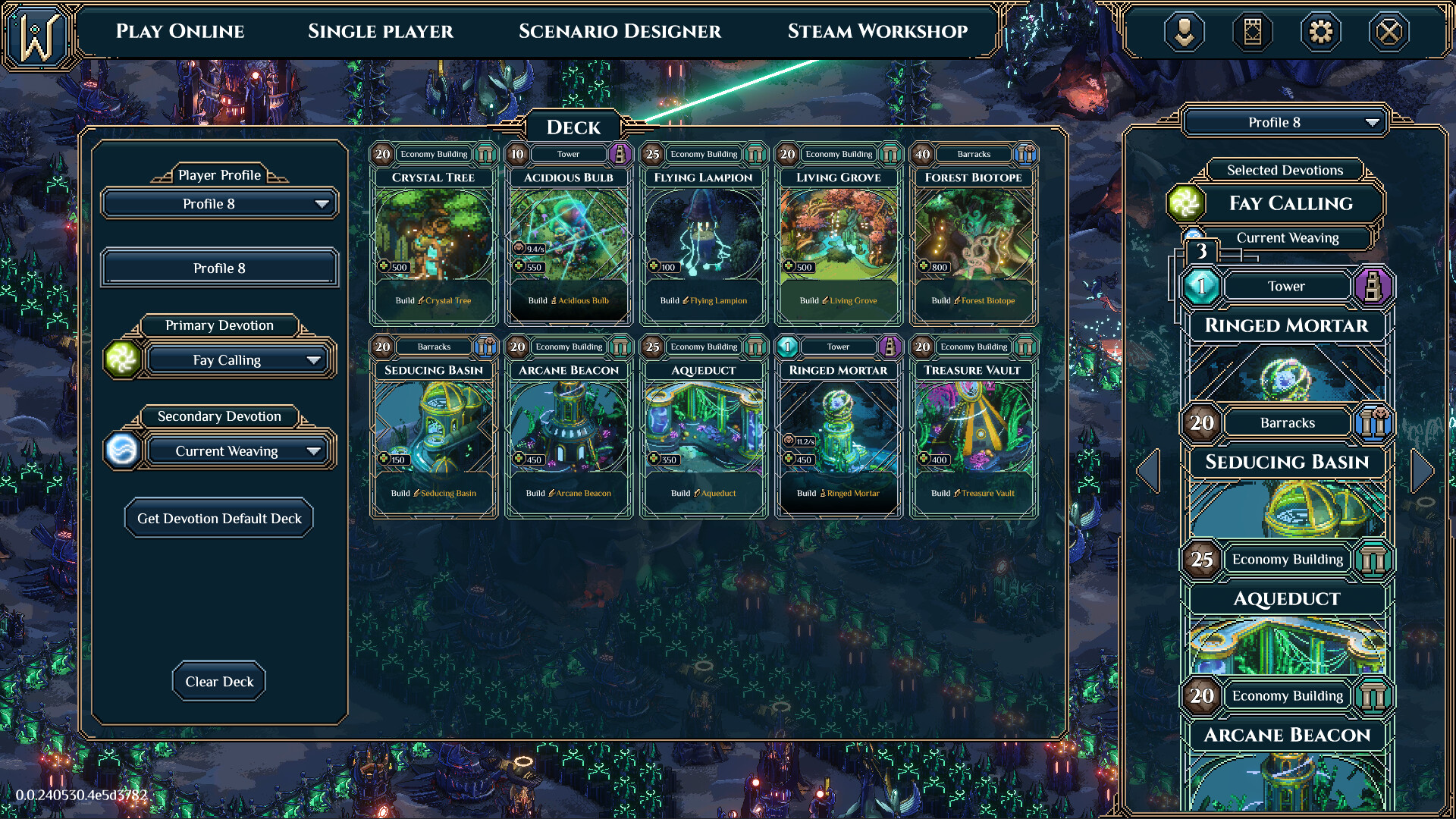
It's hard to pass judgment on the idea because it's so novel—and if you're interested I do suggest you check it out—but I suspect that Warcana probably has the same problems as Valve's doomed Artifact, that brilliantly designed and intricate clockwork mechanism of a card game that nobody was really smart enough to play very well. (I also suspect that it's going to be a terror on the developers' game balance skills as players find and exploit broken combos.)
After a few dozen hours with Warcana I feel like I've barely started figuring out what the strategies are and how to employ them. Should you focus on economy and defense or build a tempo that keeps opponents on the back foot? Should you build pure decks of one faction or hybridize for maximum flexibility at the expense of less reliability?
I hope that the appeal of the base building RTS fun, and the sheer wow factor of how cool it looks in motion, will draw in players that sustain it for a while. I'm very curious where it's going to go, and if you're interested in the strange frontiers of game design I encourage you to spend some time with it as well.

